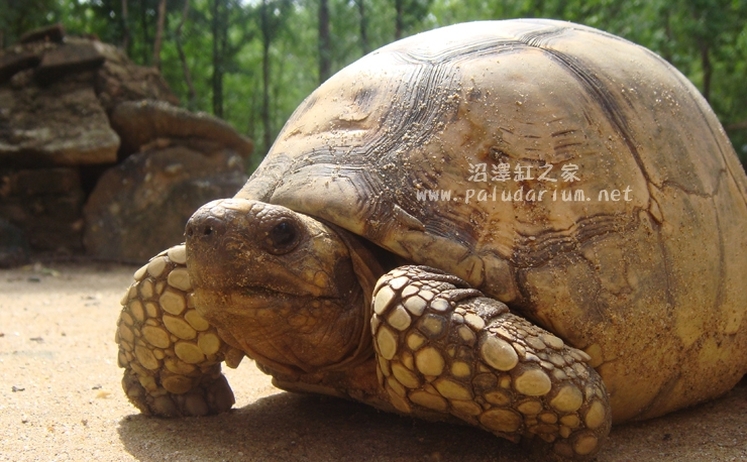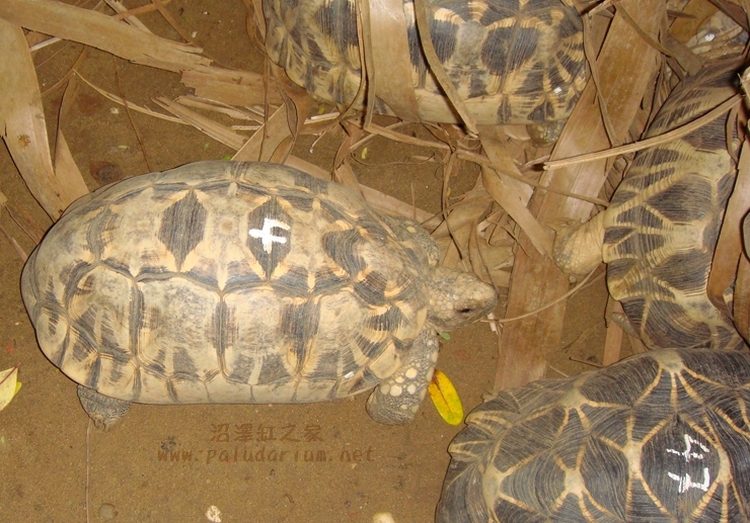- Joined
- Apr 30, 2012
- Messages
- 286
Hi everyone,
i want to ask a question about the domed shells of torts(sorry but i don't know about ploughshare torts)


These are the pics of torts from some breeders here,
why are they so highly domed and so different than other tort?
Is it a deformity or is it normal shell growth?
i want to ask a question about the domed shells of torts(sorry but i don't know about ploughshare torts)


These are the pics of torts from some breeders here,
why are they so highly domed and so different than other tort?
Is it a deformity or is it normal shell growth?



